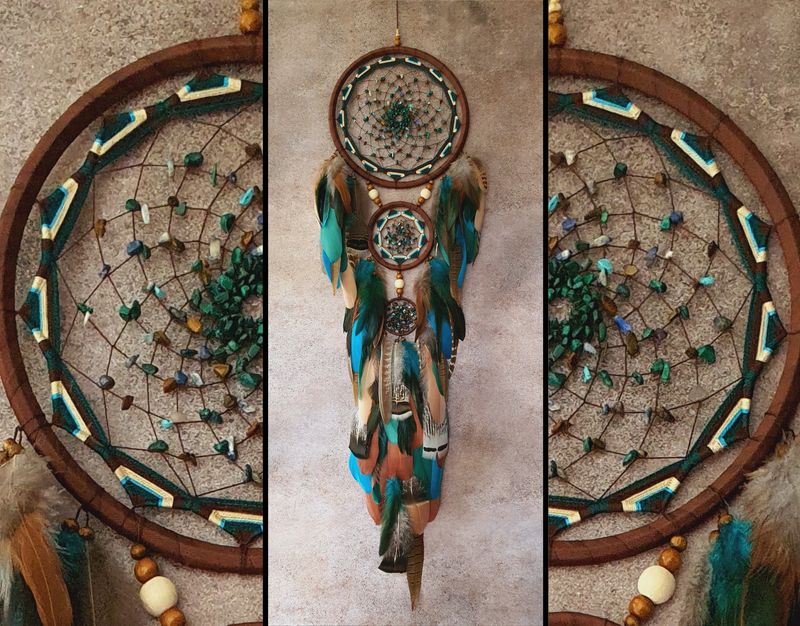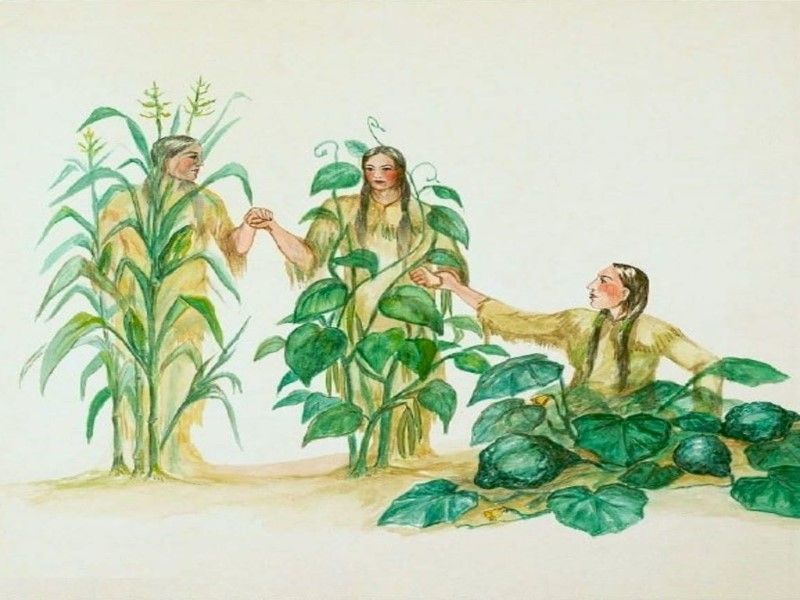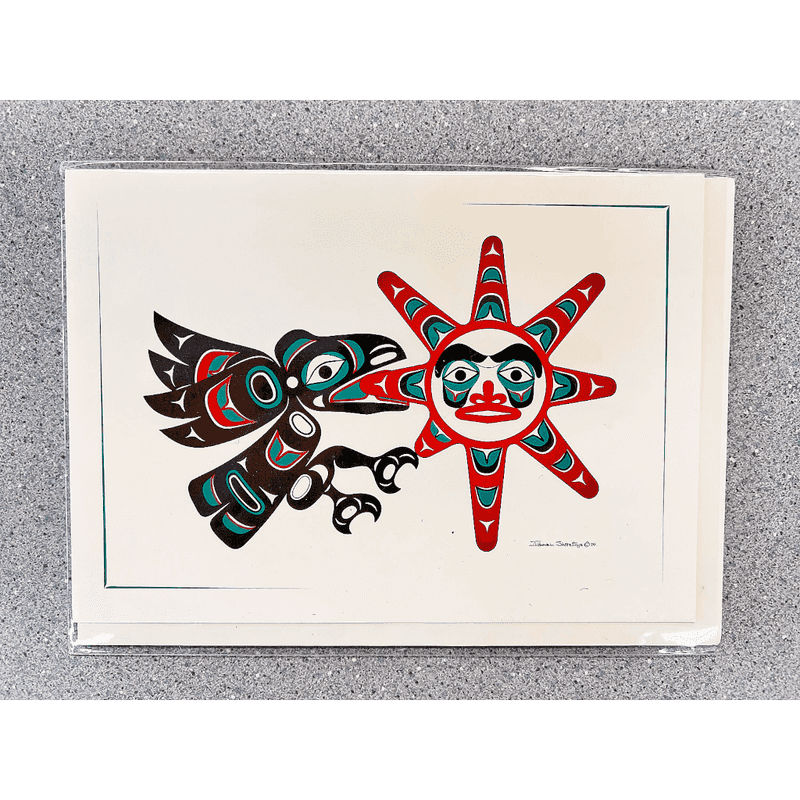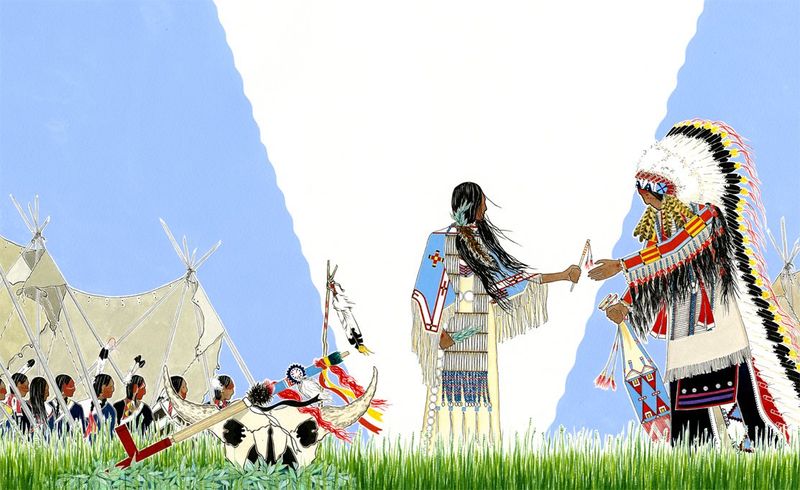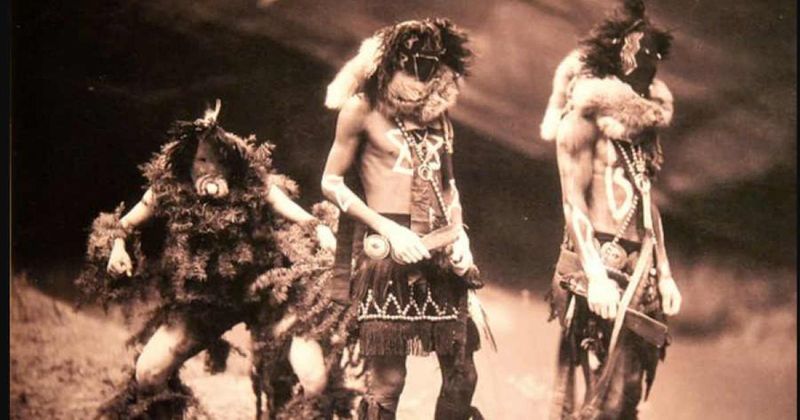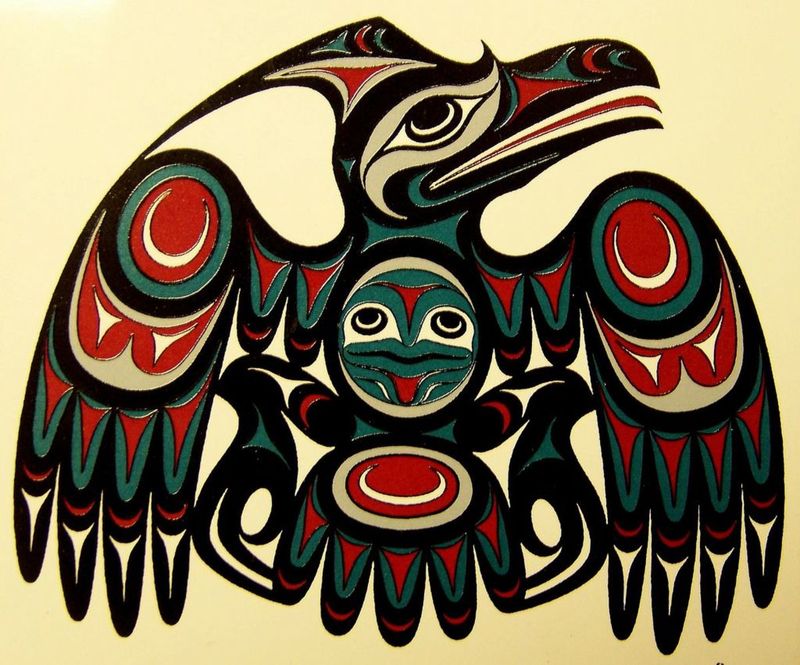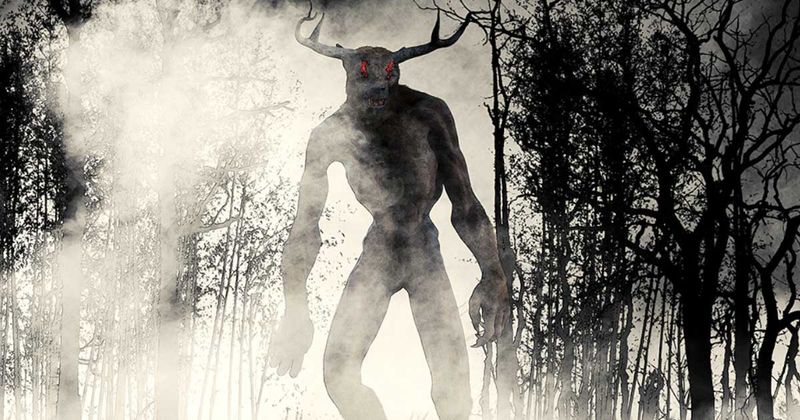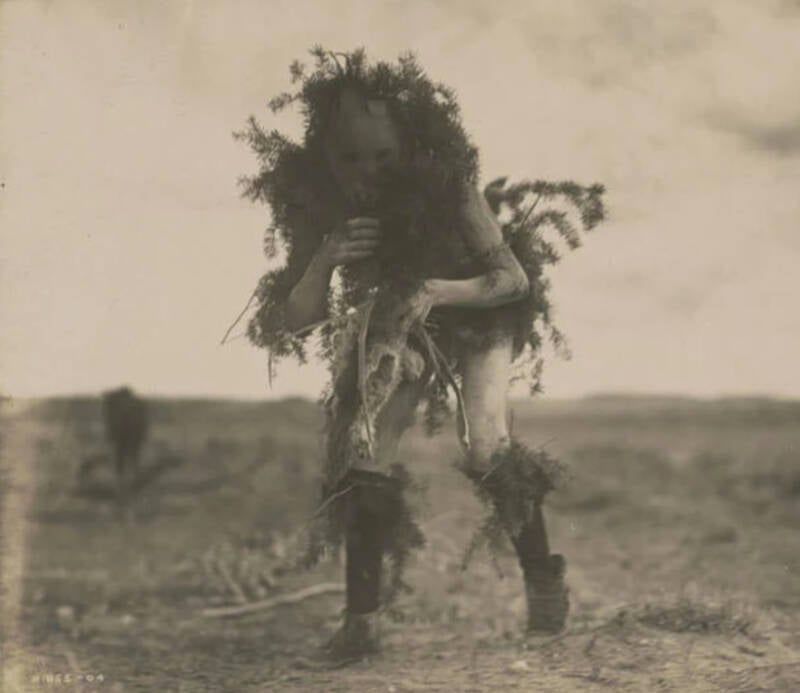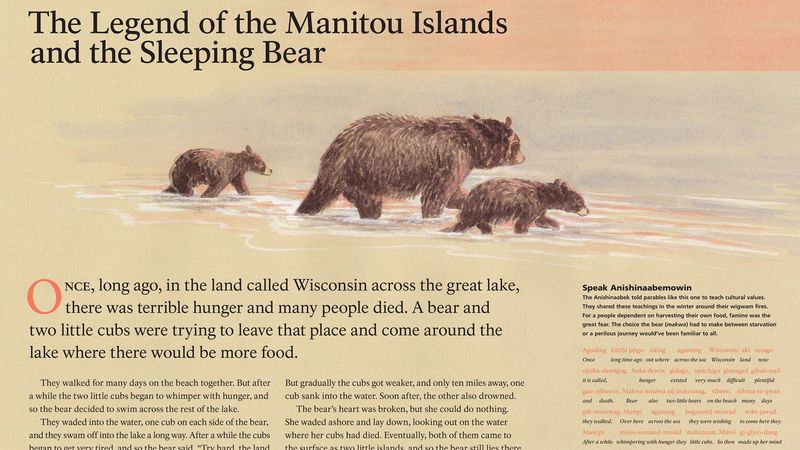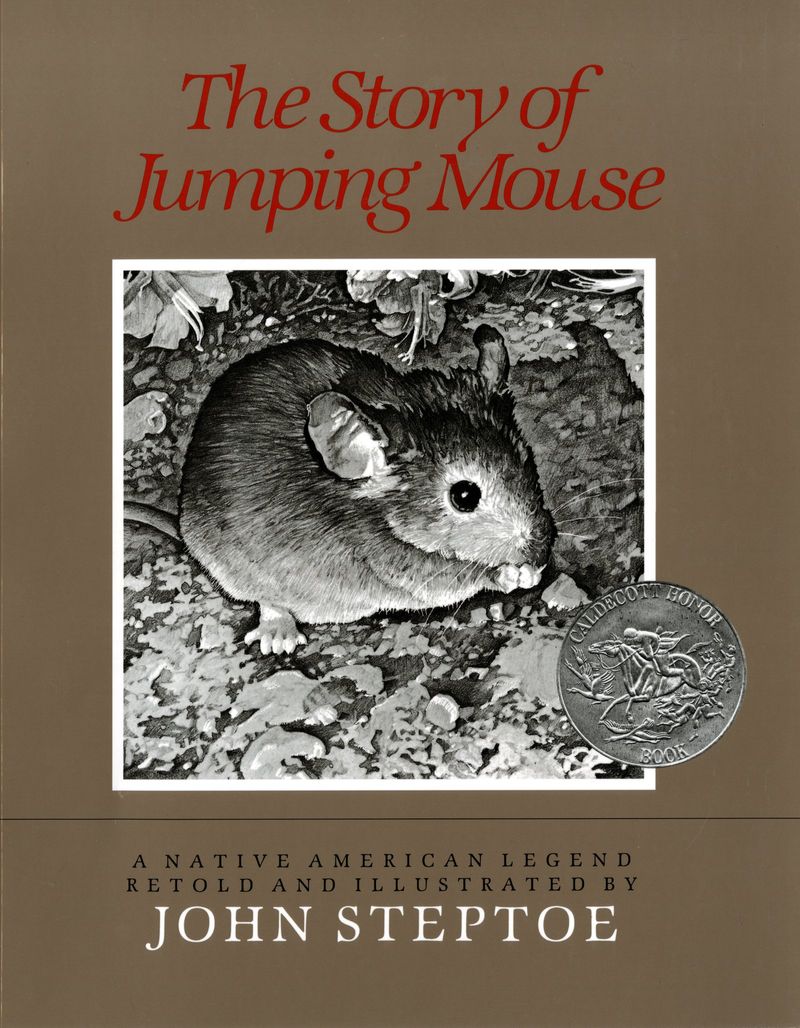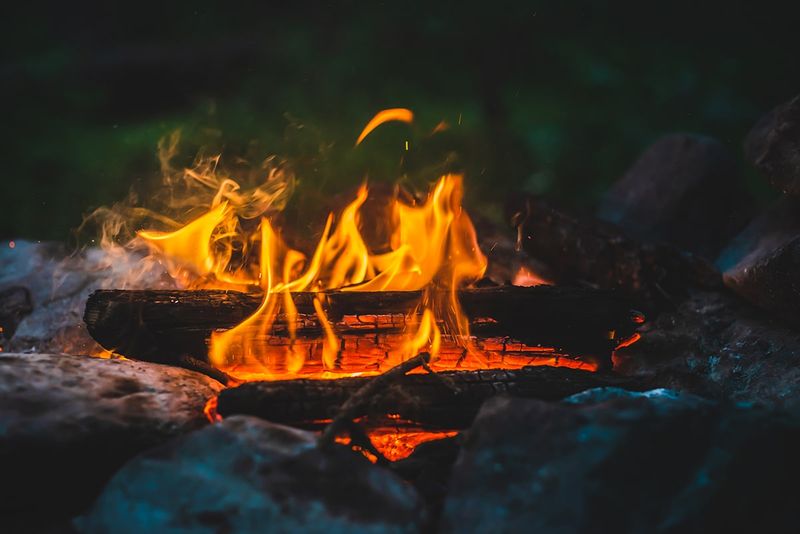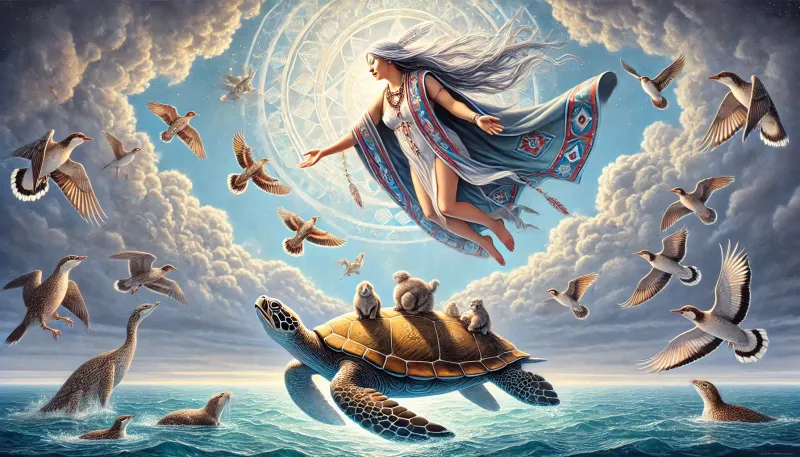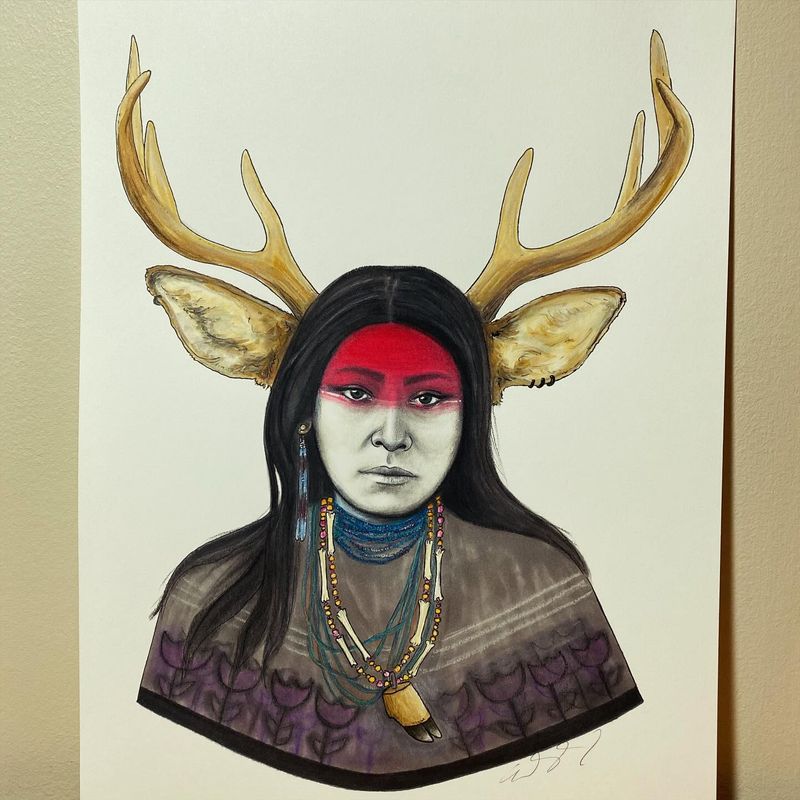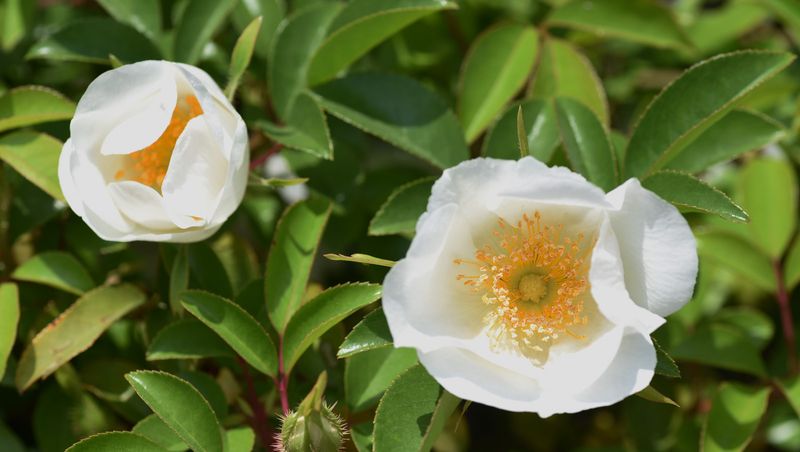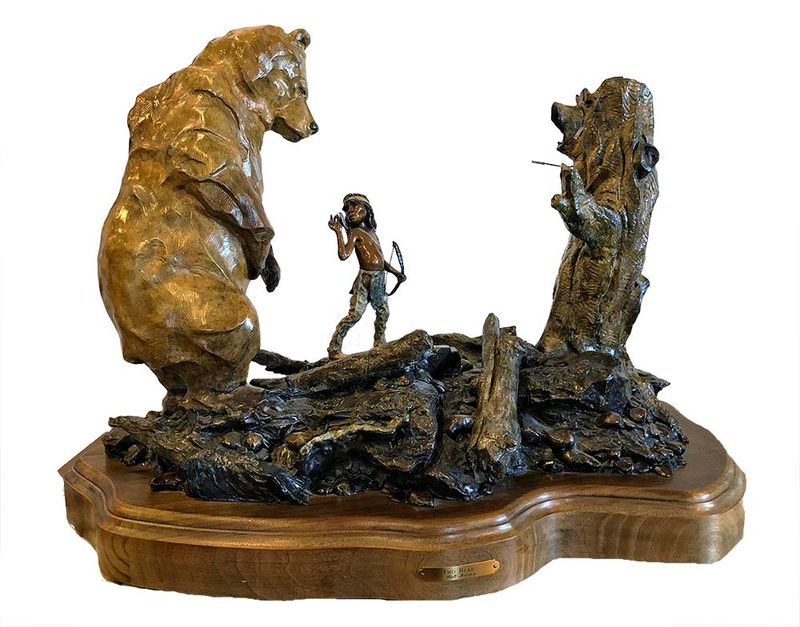Native American cultures are rich with myths and legends, passed down through generations to explain the mysteries of the world. These tales capture the imagination and offer profound insights into human nature, morality, and the universe. Each legend carries unique themes and characters, reflecting the diverse cultures from which they originate. From creation myths to cautionary tales, these stories are an integral part of Native American heritage, offering both entertainment and wisdom. Here, we explore 23 of the most captivating Native American legends, each with its own distinct voice and cultural significance.
1. The Legend of the Dreamcatcher (Ojibwe)
In the Ojibwe tradition, the dreamcatcher serves as a protective talisman for children, ensuring sweet dreams. The tale begins with Asibikaashi, the Spider Woman, who took care of the people, particularly the young. As families dispersed across North America, she found it hard to reach all children. To help, mothers and grandmothers wove magical webs for the children, using willow hoops and sinew. These webs, adorned with sacred feathers and beads, caught bad dreams and allowed good ones to pass through. Dreamcatchers became a revered symbol, reflecting the love and care of the tribe.
2. The Story of the Three Sisters (Iroquois & Cherokee)
The Three Sisters legend embodies the spirit of unity and sustenance. It tells of three inseparable sisters—corn, beans, and squash—who grow and thrive together. Each plant contributes uniquely; corn provides support, beans enrich the soil, and squash retains moisture. This agricultural symbiosis symbolizes the interdependence of the Iroquois and Cherokee communities. For generations, these crops have been a staple, sustaining and nourishing the people. The story underscores the importance of cooperation and mutual support, reflecting the core values of these tribes.
3. How the Raven Stole the Sun (Tlingit & Haida)
In the Tlingit and Haida creation myth, the world was once in darkness. The clever Raven, known for its cunning, sought to bring light. A greedy chief had hoarded the sun, moon, and stars in a box. Raven, using his shape-shifting abilities, transformed into a pine needle and was swallowed by the chief’s daughter. Reborn as a child, Raven tricked the chief into releasing the celestial bodies. Raven’s triumph illuminated the world, showcasing his wit and determination. This story emphasizes cleverness and the relentless pursuit of freedom.
4. The Great Turtle Island (Lenape & Iroquois)
According to the Lenape and Iroquois, the world began on the back of a giant turtle. In this creation story, Sky Woman fell from the heavens, grasping seeds in her hands. Birds and animals helped her land safely on Turtle’s back. Grateful, she planted the seeds, and land began to grow. The turtle’s steadfast nature provided a stable foundation for life to flourish. This tale illustrates the interconnectedness of all living things and the harmony between nature and humans, a core belief in these cultures.
5. The Legend of the White Buffalo Woman (Lakota Sioux)
The White Buffalo Woman is a revered figure in Lakota Sioux culture. She appeared during a time of famine, bringing teachings and the sacred pipe, along with promises of renewal. Her presence foretold the coming of a white buffalo calf, a symbol of hope and prosperity. She taught the people the Seven Sacred Rites, ensuring spiritual balance and survival. Her legend emphasizes purity, peace, and the deep spiritual connection between the Lakota Sioux and the buffalo. Through her guidance, the tribe found strength and unity.
6. Coyote and the Origin of Death (Various Tribes)
Coyote, a notorious trickster, plays a pivotal role in explaining the existence of death. Many tribes narrate how Coyote’s actions led to the finality of death. In one version, Coyote argued against a system where people would return from the dead, fearing overpopulation. Despite opposition, he closed the door to the spirit world, making death permanent. This tale serves as a cautionary reminder of the consequences of impulsive actions. Through Coyote’s mischief, the story delves into themes of mortality and the natural order.
7. The Hero Twins (Navajo/Diné)
In Navajo tradition, the Hero Twins, Monster-Slayer and Born-for-Water, are celebrated for their bravery and strength. Guided by their mother, Changing Woman, and with tools from their father, the Sun, they embarked on a quest to rid the land of monstrous beings. Their journey was fraught with danger, but their determination and wisdom led them to triumph. The twins’ story is a testament to courage and the triumph of good over evil. It serves as a foundational legend, illustrating the values of heroism and family bonds.
8. The Thunderbird (Pacific Northwest & Plains Tribes)
The Thunderbird is a powerful spirit revered by tribes across the Pacific Northwest and Plains. This mighty bird controls the elements, bringing storms, thunder, and rain. It symbolizes strength and protection, often depicted as a guardian of the natural world. Tribes hold ceremonies to honor the Thunderbird, seeking its favor for bountiful harvests and protection from harm. The legend reflects the awe and respect for nature’s forces, embodying the connection between the spiritual and earthly realms.
9. The Wendigo (Algonquian Tribes)
The Wendigo is a fearsome spirit from Algonquian folklore, embodying greed and insatiable hunger. Legends say it was once human but transformed after resorting to cannibalism. The Wendigo roams the forest, a gaunt figure with a heart of ice, preying on the unsuspecting. Its tale warns against the dangers of unchecked desires and the loss of humanity. Serving as a cautionary tale, the Wendigo reflects the struggles between community welfare and personal greed.
10. The Skinwalker (Navajo)
In Navajo culture, the Skinwalker is a feared witch with the power to shape-shift into animals. Known as ‘yee naaldlooshii,’ it represents forbidden practices and malevolent intentions. Stories tell of these beings wearing animal hides to take on their form, using dark magic for personal gain. Encountering a Skinwalker is considered dangerous, as they are believed to bring harm and misfortune. The legend of the Skinwalker serves as a reminder of the boundaries between good and evil, and the consequences of straying from tradition.
11. The Legend of the Sleeping Bear Dunes (Anishinaabe/Ojibwe)
The Sleeping Bear Dunes tell a poignant story of love and loss. An Anishinaabe mother bear swam across Lake Michigan with her two cubs, seeking safety. Exhausted, the cubs fell behind and were lost to the waves. The mother bear reached the shore alone, where she watched and waited, forming the dunes as she lay down in sorrow. The Great Spirit, moved by her devotion, created the Manitou Islands to honor the cubs. This legend reflects themes of perseverance, grief, and the enduring bond between mother and child.
12. The Maid of the Mist (Iroquois/Seneca)
The Maid of the Mist is a tale of sacrifice and transformation. According to Iroquois legend, a young maiden, chosen as a sacrifice to appease the Thunder Spirit, was sent over Niagara Falls. Instead of perishing, she became one with the mist, her spirit merging with the falls. Her bravery turned her into a guardian, ensuring the harmony between the natural and spiritual worlds. The legend speaks to the power of selflessness and the sacred connection between humans and nature.
13. The Jumping Mouse (Plains Tribes)
The Jumping Mouse story is a journey of transformation and faith. A humble mouse, longing for something greater, sets off on an adventure. Along the way, he faces trials and sacrifices, losing his sight but gaining wisdom and courage. His leap of faith transforms him into an eagle, soaring high above the plains. This Plains tribes’ legend is a metaphor for self-discovery and the pursuit of dreams, emphasizing resilience and the transformative power of belief.
14. The Origin of Fire (Cherokee)
The Cherokee tell a tale of how fire was brought to the world. When the selfish Fire Beings hoarded the flames, the animals devised a plan to steal it. Each creature tried and failed, but through teamwork, the tiny water spider succeeded, carrying an ember back on her web. Fire brought warmth and light, becoming a vital part of life. This story highlights cooperation and ingenuity, illustrating how even the smallest can make a significant impact.
15. The Star Maiden (Ojibwe & Potawatomi)
The Star Maiden is a tale of love and choice. A celestial being, she descended to Earth to experience life among humans. Enchanted by a young hunter, she chose to stay, transforming into the first strawberry plant, a gift for the people. This Ojibwe and Potawatomi legend speaks to themes of love, sacrifice, and the interconnectedness of all life. The strawberry, a symbol of purity and sweetness, became a cherished part of the culture, celebrated in ceremonies and stories.
16. The Legend of the Loon’s Necklace (Tsimshian & Haida)
The Loon’s Necklace is a story of kindness and gratitude. A blind man, guided by a loon, had his sight restored as a reward for his generosity. In gratitude, he gifted the loon a beautiful beaded necklace. This tale from the Tsimshian and Haida embodies the power of compassion and the bonds formed through acts of kindness. The loon’s necklace became a symbol of the deep connection between humans and nature, celebrated in art and folklore.
17. The First Totem Pole (Haida & Tlingit)
The story of the first totem pole is a testament to family and heritage. A Haida chief, with the help of Raven, carved a pole to honor his family’s lineage and accomplishments. Each figure on the pole represented a story, preserving history and culture for future generations. Totem poles became a vital part of the Haida and Tlingit identity, symbolizing ancestral connections and tribal pride. This legend highlights the importance of storytelling and the enduring legacy of cultural artistry.
18. The Ghost Bride (Paiute)
The Ghost Bride is a haunting tale of love and the afterlife. In Paiute folklore, a young woman, separated from her true love by death, returned as a spirit to marry him. Her ethereal presence is a testament to the power of love transcending mortal boundaries. This legend serves as a poignant reminder of the enduring bonds between lovers, even in the face of death. The Ghost Bride’s story is a symbol of eternal devotion, celebrated in songs and stories.
19. The Legend of the Invisible One (Mi’kmaq)
The legend of the Invisible One is a tale of perception and truth. In Mi’kmaq tradition, a powerful hunter, visible only to the pure of heart, sought a wife. Many tried to see him, but only a humble girl, overlooked and underestimated, succeeded. Her ability to see beyond appearances led to her union with the Invisible One. This story teaches the importance of inner strength and true perception, reminding us that genuine beauty lies within.
20. The Woman Who Fell from the Sky (Iroquois/Huron)
Sky Woman’s descent marks the beginning of the world. An Iroquois/Huron creation story, it tells of her fall from the sky, clutching seeds. Animals broke her fall, and she landed on Turtle’s back, planting seeds that grew into the Earth. Her arrival brought life and order, symbolizing harmony and the balance of nature. This legend reflects the interconnectedness of all beings and the nurturing role of women in creation. Sky Woman’s story is a cornerstone of cultural identity and spiritual belief.
21. The Deer Woman (Various Tribes)
The Deer Woman is a mysterious figure known across various tribes. A seductive spirit, she lures men into the forest, only to reveal her true form. Her tale warns of the dangers of temptation and the consequences of succumbing to desire. The Deer Woman embodies the duality of beauty and deception, a cautionary figure teaching respect for nature and self-control. Her story is a reminder of the thin line between the human and spirit worlds.
22. The Legend of the Cherokee Rose (Cherokee)
The Cherokee Rose is a symbol of hope and resilience. During the Trail of Tears, as Cherokee people faced hardship and loss, the rose bloomed along the route. Its delicate white petals and golden center became a beacon of hope and remembrance. The legend tells of mothers’ tears transforming into the roses, offering comfort and strength. This story highlights the enduring spirit of the Cherokee people, their capacity to endure adversity, and the power of nature to heal and inspire.
23. The Boy Who Lived with Bears (Apache)
In Apache legend, a lost boy found refuge with a family of bears. They raised him, teaching him the ways of the forest and imparting their wisdom. When he returned to his people, he shared the knowledge of harmony with nature. This story emphasizes the importance of understanding and respecting the natural world. The boy’s experience with the bears symbolizes growth, learning, and the bonds that transcend species. It is a tale of survival, belonging, and the nurturing power of the wild.

